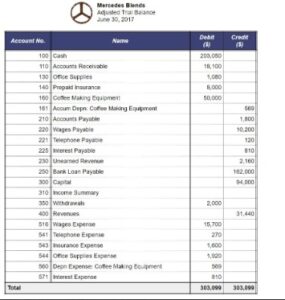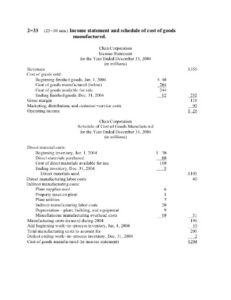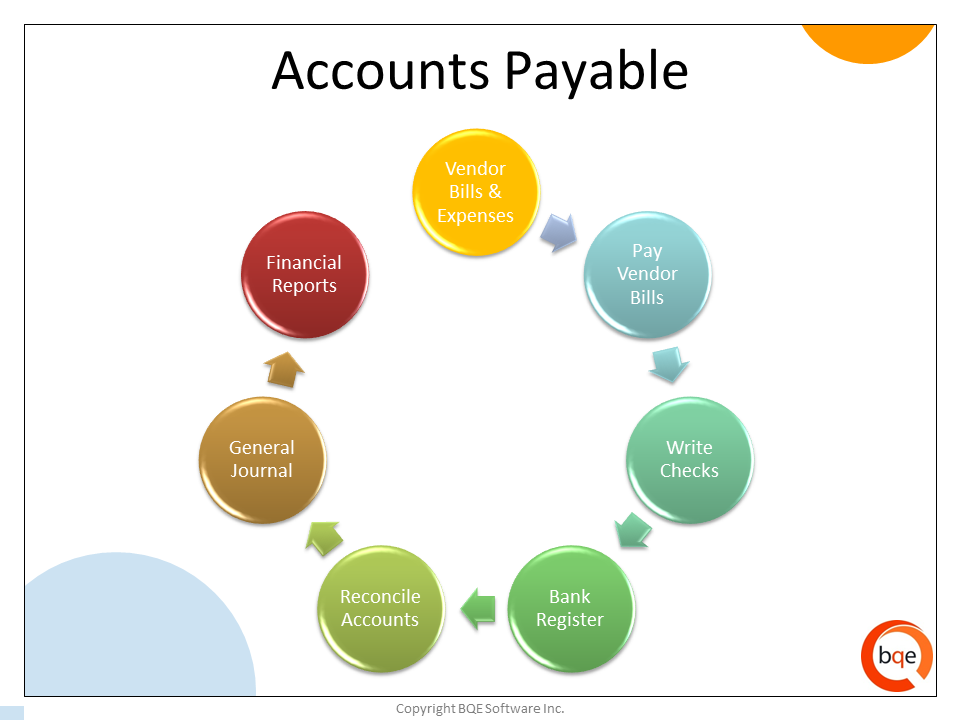While you’re at it, you’ll be able to identify trouble spots and make adjustments to improve your business. Remember that if you have employees, you’ll also need to account for payroll tax. If you’re unsure about your tax obligations, you may want to talk to a professional accountant or tax expert for advice.
How to Start Bookkeeping in a Small Business
You can look at these documents yourself or collaborate with a financial professional to analyze the state of your business’s finances. Our accounting tips can get you started on your way to assessing your finances. When you keep detailed, organized records of your business transactions, tax season suddenly won’t feel like such a daunting chore. By being proactive with your bookkeeping, you’ll save your small business time when it comes to taxes. Simply turn your financial statements over to your CPA or other tax filings expert, and let them handle the rest. Using accounting software can allow you to save time when managing the books for your business.
A payroll service provider can do all this to save you time and ensure accuracy at a reasonable cost. If you have employees, you likely need to run payroll weekly, but your pay period may also fall into a different category, such as bi-weekly or semi-monthly. You’ll want to process payroll on your set dates and research your payroll tax requirements, which can differ for each business. While accounting may not be what motivates you to go to work every day, it’s likely something you’ll encounter whether you do it yourself or outsource to an accounting firm.
- Sales tax is fraught with rules and exceptions, so collecting and paying sales tax can be daunting at first.
- If you check regularly (and compare to prior months’ numbers), it’s easier to make adjustments, so you are neither short nor overloaded.
- There are a ton of laws and regulations that you must learn and adhere to.
small business accounting tips for business owners
A trial balance is prepared to test if the total debits equal total credits. Overhead is the cost of staying in business—learn how to track how much you’re really earning and build rock-solid profit projections. Also, keep a close eye on outstanding customer payments (a.k.a. accounts receivable). Slow-paying customers can impact your ability to pay your own bills, and the earlier you can identify problems in collecting payments, the sooner you can resolve them. Consider sending a reminder the day before an invoice is due or the moment it becomes past due. Few small business owners are accounting experts, what is an accrual difference between acrrual accounting and cash accounting but to be successful, it helps to know a little about how to do accounting for a small business.
QuickBooks Support
Accounting software can be found either in the form of a desktop application or as a cloud-based app.
Letting someone else handle your accounting means you have one less thing to worry about. Instead of crunching numbers, you’ll be free to focus on other tasks that are necessary to run or scale your business. An accountant can also ensure greater accuracy and may be more knowledgeable about the tax code and reporting requirements. The last step of the accounting cycle is to prepare a post-closing trial balance to test the equality of the debits and credit amounts after the closing entries are made. This trial balance contains real accounts only as the temporary accounts are closed this accounting cycle. To prepare the system for the next accounting, temporary accounts that are measure periodically, including the income, expense and withdrawal accounts, are closed.
While you can manage your own accounting during the initial stages of your small business, it’s best to make the investment in a qualified, professional bookkeeper to ensure your success in the long term. Bookkeeping is one of the most important tasks that a business owner will delegate over the life of a business. Without it, it’s nearly impossible to produce an accurate record of financial activities that affect everything, from profit to equity to payroll, and more. The specific amount of an emergency fund may depend on the size, scope, and operational costs of a given business. Regardless, work with your bookkeeper and accountant to ensure the amount of cash left in the bank is sufficient for unexpected costs. Finding the right level of cash to be kept on hand requires a proper cash flow forecast and cash monitoring.
And if your CPA has to spend time separating your personal expenses from your business expenses, you’ll end up paying them more in accounting fees. If it’s tax season, when CPAs are the busiest, you may even run the risk of not being able to file on time. Once your business bank accounts are up and running, avoid mixing your personal and business finances. The financial statements which include the income statement, statement of changes in equity, balance sheet, statement of cash flow and notes are the end products of the accounting system. Once you’ve settled on an accounting method, it’s time to set up your books. Here are the main questions to ask that can guide you toward creating the best bookkeeping records for your small business.
If you have to sell inventory for a deep discount, you could deduct it from your year-end taxes. Business bank reconciliation makes it easier to discover and correct errors or omissions—either by you or the bank—in time to correct them. Learn more about Bench, our mission, and the dedicated team behind your financial success. Whatever the origin of the borrowed money might be, you need to create a legal promissory note stating the amount that was borrowed, any interest that needs to be paid, and the due date for the payment. However, keep in mind that both these payment providers have pretty high fees – around 3% of any transaction received. Once you have hired your first employees, you’ll need to figure out what kind of employee benefits your business can afford to offer.





